Review and evaluate the overall bus network
Assessing the overall bus network after the University of Transport and the Hanoi Department of Transport completed the study on the Bus Development Project in the area, Associate Professor, Dr. Nguyen Minh Hieu said: Hanoi currently has 154 bus routes, including 132 subsidized routes with 2,024 vehicles, 8 non-subsidized bus routes, 12 adjacent bus routes and 2 City tour bus routes.
Of these, 269 are clean energy vehicles and over 1,200 vehicles meet Euro IV emission standards or higher. The audio notification system, LED information system, free wifi, and on-vehicle camera installation are all 100%.
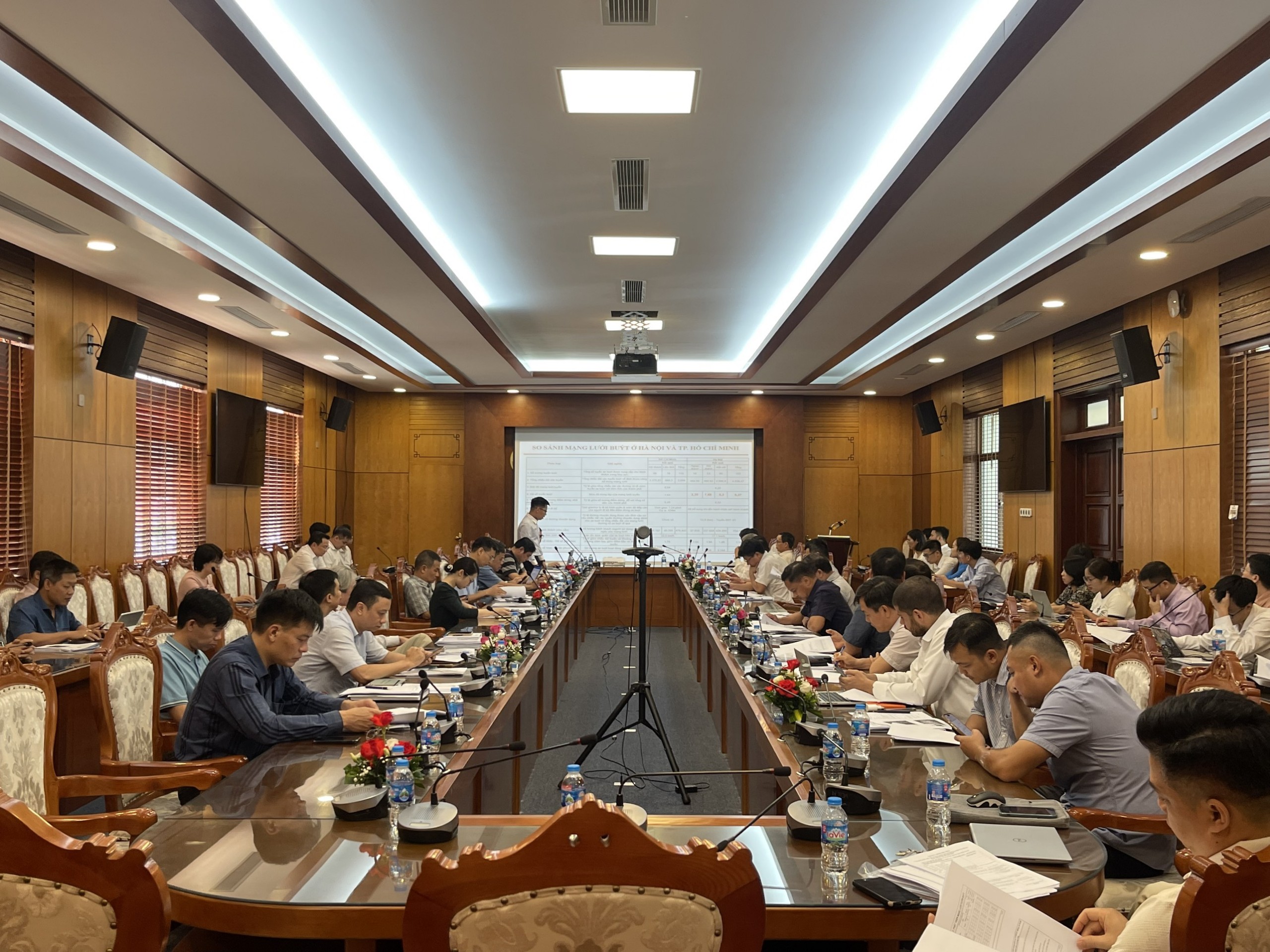
Overview of the Workshop on solutions for developing the public passenger transport system in the city by 2035
The bus network currently reaches all 30 districts, towns and cities; 512/579 communes, wards and towns (88.4%); 192/286 universities, colleges and high schools (67%); 65/75 hospitals (87%)...
Notably, buses in Hanoi now connect with 7 neighboring provinces and cities: Hung Yen, Ha Nam, Bac Ninh, Bac Giang, Hai Duong, Hoa Binh, Vinh Phuc.
However, through the review, it was found that the density of the bus network is very high but only concentrated on the main roads. Many areas are difficult to access, with a walking distance of 0.5 - 1km, and even areas over 1.5km have buses. The reason is that the road does not have enough infrastructure to run buses, and the sand surface is less than 5m wide. For example, Chien Thang, Tan Trieu, Trieu Khuc streets, Phung Khoang, Khuong Trung, Khuong Ha areas, Van Chuong alley, Ton That Tung... have high population density but buses are difficult to access.
Hanoi currently has 4,405 bus stops, but only 350 of them have waiting rooms, equivalent to 8%. Bus stops, mainly in the inner city, have deteriorated due to being put into use before 2016.
In addition, some routes have many bus routes passing through, such as Nguyen Trai - Ha Dong axis, which has 9 overlapping routes, including bus routes: 01, 02, 19, 21A, 21B, 27, 161, E01, E04, E09.
The Giai Phong - Ngoc Hoi axis has 14 overlapping routes including: 03B, 06A, 06B, 06C, 06D, 06E, 08A, 08B, 12, 16, 21B, 22C, 28, 32, 41, 99,101A, 101B, 106, 158.
Long Bien - Nguyen Van Cu axis has 13 overlapping bus routes, including routes: 01, 03A, 17, 22A, 34, 42, 43, 48, 51, 54, 65, 100, E02.
Cau Giay - Nhon axis has an overlap coefficient of 11, including bus routes: 09B, 16, 20A, 26, 27, 32, 34, 39, 49, 51, E05. Nhon and Cau Giay transit points.
Many solutions to develop the capital's buses
At the workshop, a representative of the Hanoi Department of Transport shared that the agency is researching the organization of priority lanes for buses.
The selected routes must have at least 4 lanes/direction, with a cross-section greater than 15 m/direction. It is expected that in 2025, 3 sections of the route will be piloted, with a total of about 6.5 km of priority lanes.
In the period 2026-2030, 12 priority lanes for buses are proposed, with a total length of 56.5 km. In the period 2031-2035, 6 priority lanes are proposed, with a total length of 135.9 km.
At the same time, building large bus transfer points to help access the main stations and ring roads of urban railways. Inter-provincial bus stations, near the intersection between the radial axis and the ring road, form transfer points between inner-city buses, suburban buses, and adjacent, inter-provincial buses, connecting the main routes and branch routes (Thuong Tin and Dong Anh bus stations).
Develop transit points and rearrange bus stops along urban railway corridors.
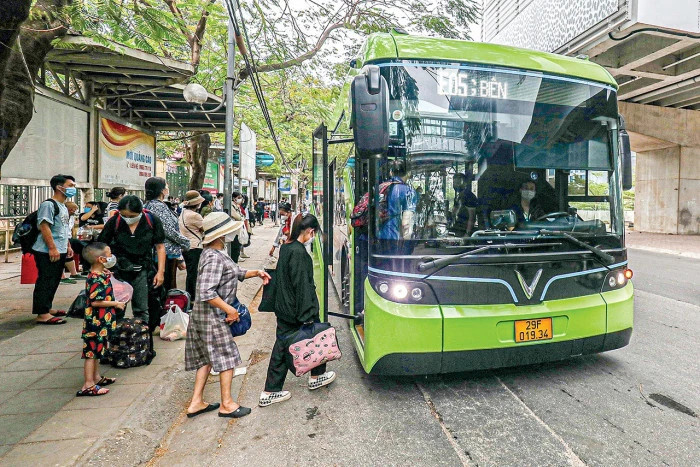
Increasing the proportion of electric buses is still a big challenge for Hanoi. Illustration photo.
Notably, regarding improving the quality of vehicles and converting vehicles to use electricity and green energy, Hanoi has proposed 3 scenarios for the period up to 2035.
Scenario 1 (100% electric buses), scenario 2 (70% electric buses, 30% LNG/CNG buses), scenario 3 (50% electric buses, 50% LNG/CNG buses).
In addition, the Project research consulting unit also offers solutions on finance, brand identity, technology application, labor arrangement, etc.
Mr. Nguyen Cong Nhat - General Director of Vinbus Ecological Transport Service Company Limited shared: The important issue is the conversion resources. How can we convert when the majority of vehicles in the area are gasoline vehicles. Electric vehicles are 2.5 - 3 times more expensive than gasoline vehicles? To convert, the state's policy mechanism is very important, especially the preferential loan mechanism along with infrastructure conditions.
This is also the viewpoint affirmed by Mr. Nguyen Thuy - Deputy Director of Hanoi Transport Corporation when talking about greening the capital's buses.
Speaking at the end of the workshop, Mr. Nguyen Phi Thuong - Director of Hanoi Department of Transport affirmed: The opinions contributed at the workshop are all very important, long-term. Hanoi Department of Transport will work with the consulting unit to absorb and soon complete the project to develop buses in the city.
Reduce subsidies by more than 200 billion/year after reviewing and adjusting the network
At the Workshop, Hanoi Department of Transport said that this agency has Adjust the route of 10 routes, stop operating 6 routes, adjust the route combined with adjusting the service frequency of 12 routes, adjust the service frequency of 43 routes.
The following routes have adjusted the subsidy/cost ratio to an estimated 77% (before adjustment it was 85%), helping to reduce subsidy fees by about 193 billion VND/year.
According to the Hanoi Department of Transport, the changes in the routes have caused inconvenience in using bus services such as increased waiting time, but not too much, still within the acceptable threshold of the people. The quality of service on the following adjusted routes is at an average and good level.
In phase 2, Hanoi is expected to continue reviewing according to 5 criteria including: Route duplication coefficient, non-straight route coefficient, subsidy ratio compared to cost, subsidy ratio per passenger, capacity utilization coefficient. After reviewing, Hanoi will adjust to increase services when routes improve in terms of output and service quality, ensuring route efficiency criteria;
The city will also consider stopping or reorganizing bus routes when they operate ineffectively, have high cost subsidy rates, large route overlaps, and low travel demand when the routes expire.
It is expected that after completing the second phase of the treatment plan, the number of vehicles will decrease by 54,128; total travel kilometers will decrease by 702,827km; and total costs will decrease by about 13 billion VND.
Source: https://www.baogiaothong.vn/tim-huong-di-cho-xe-buyt-thu-do-19224062718043249.htm






























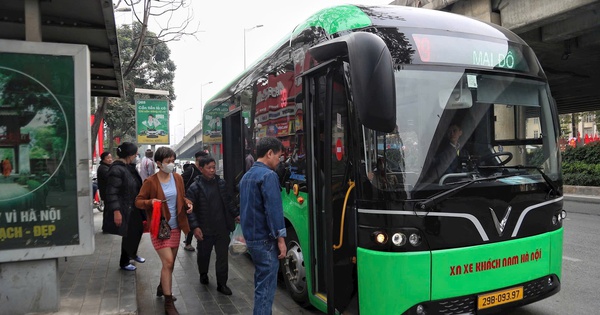
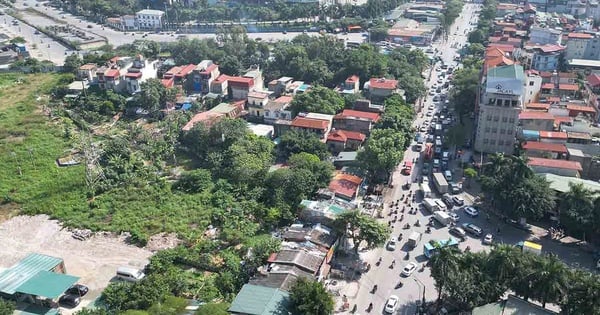
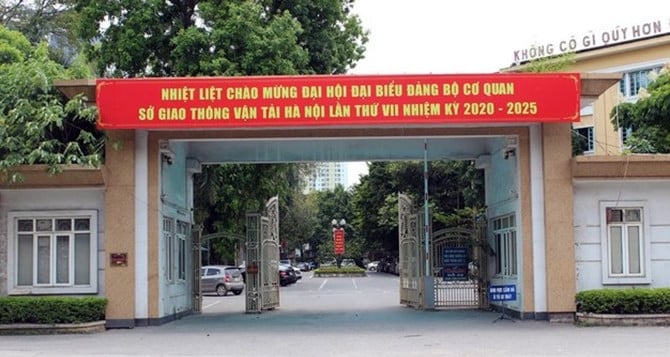

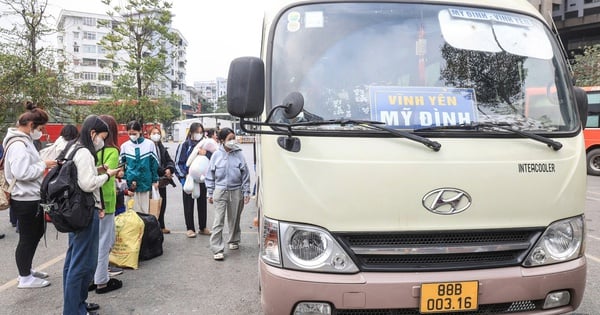

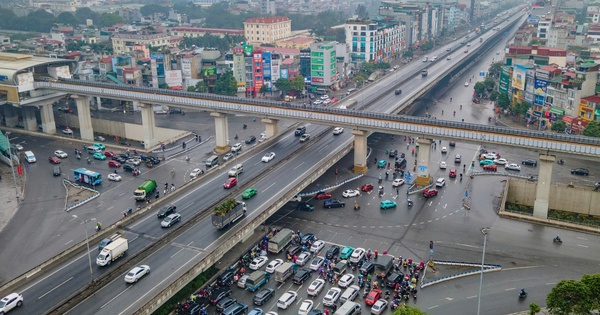
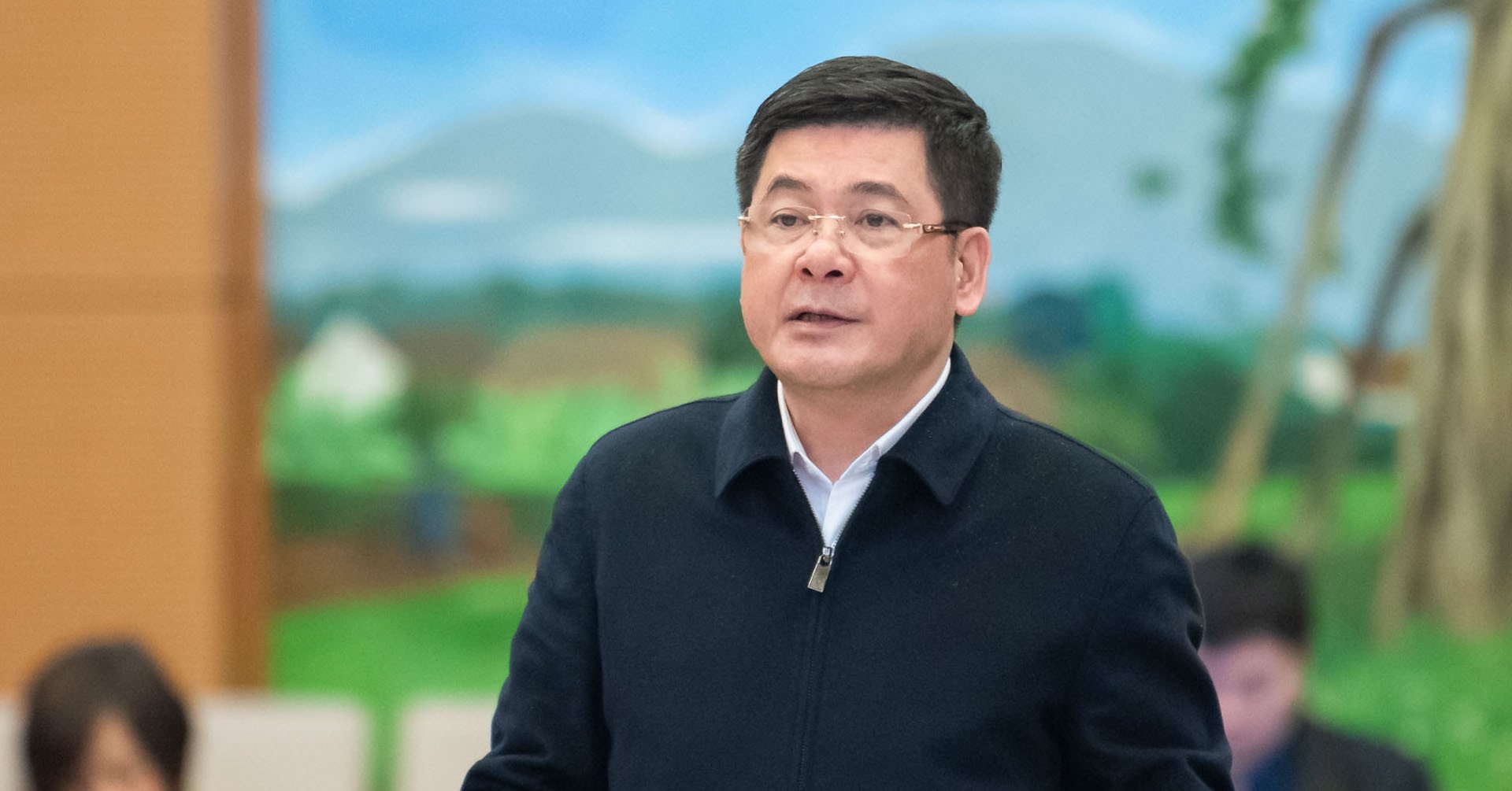
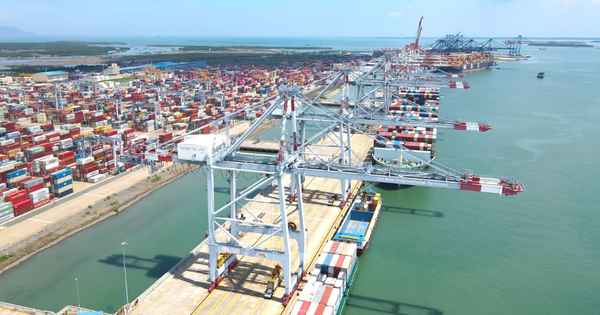
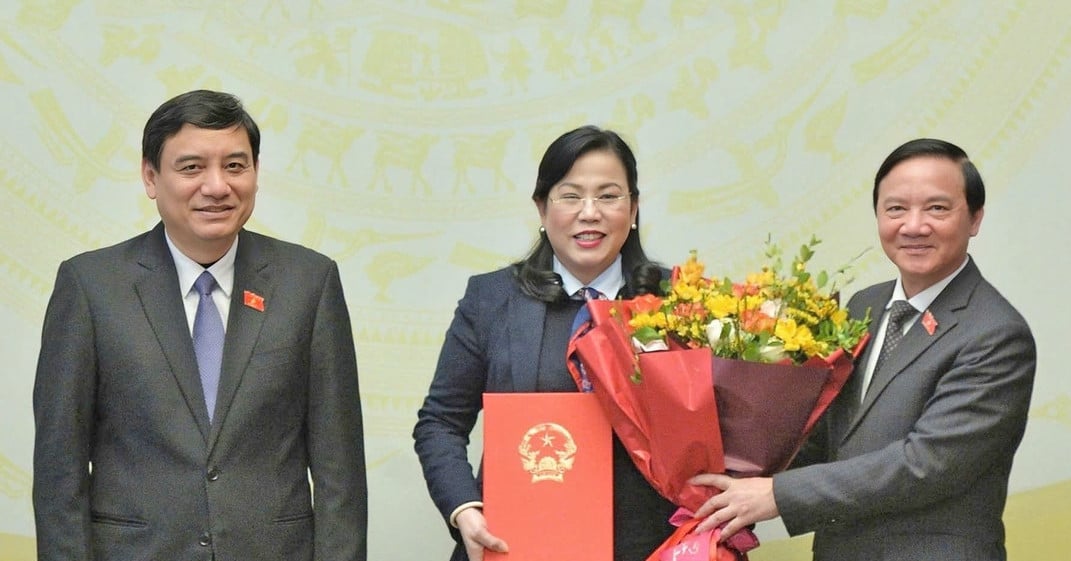
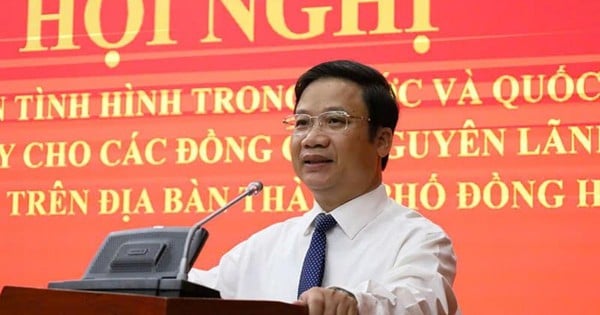
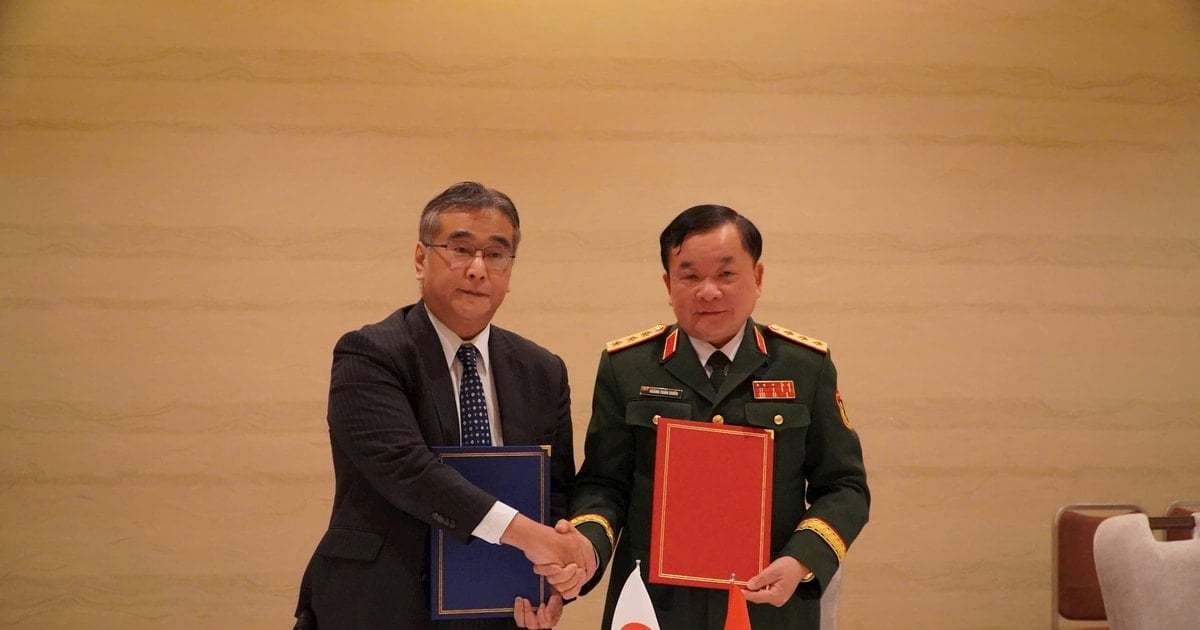

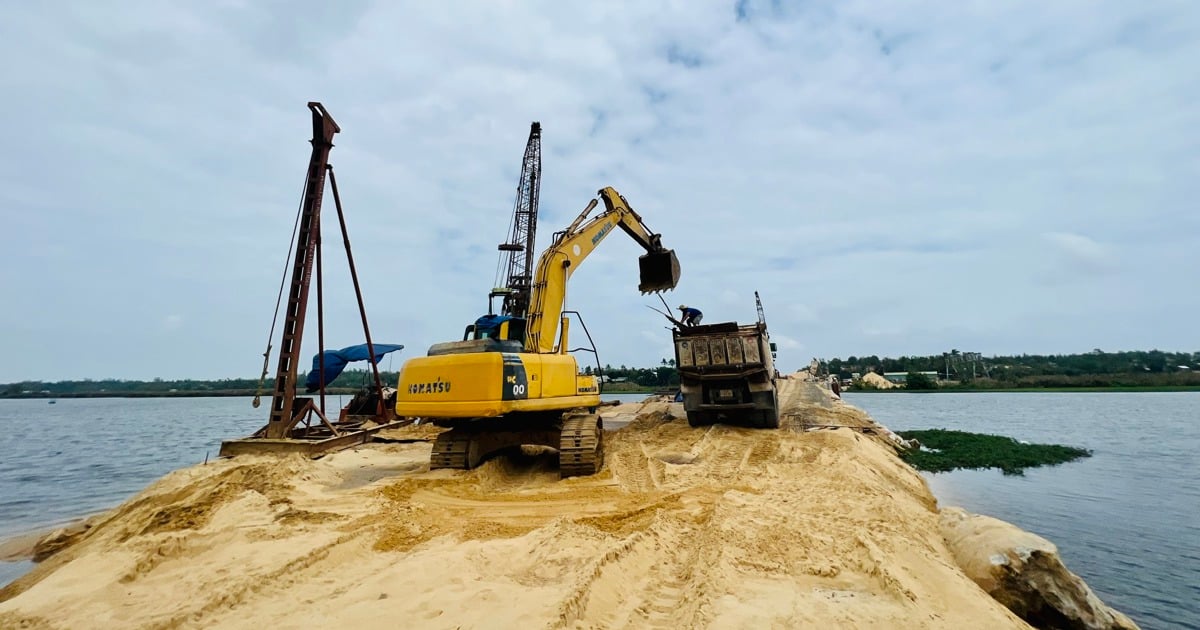

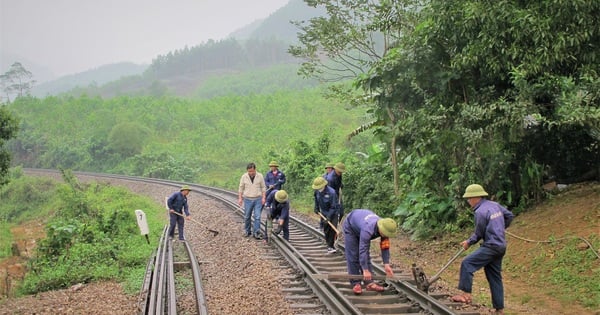
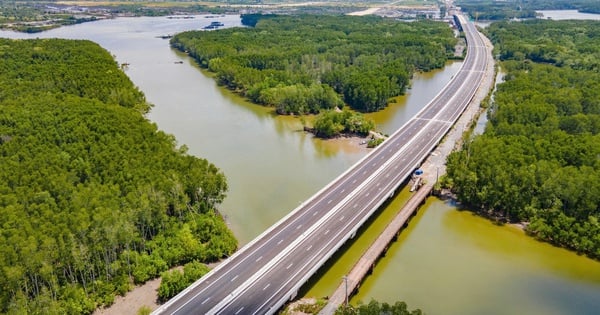

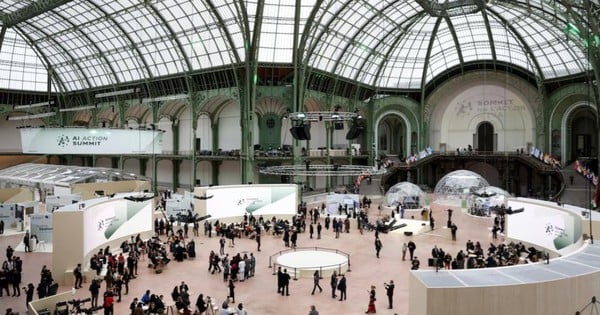
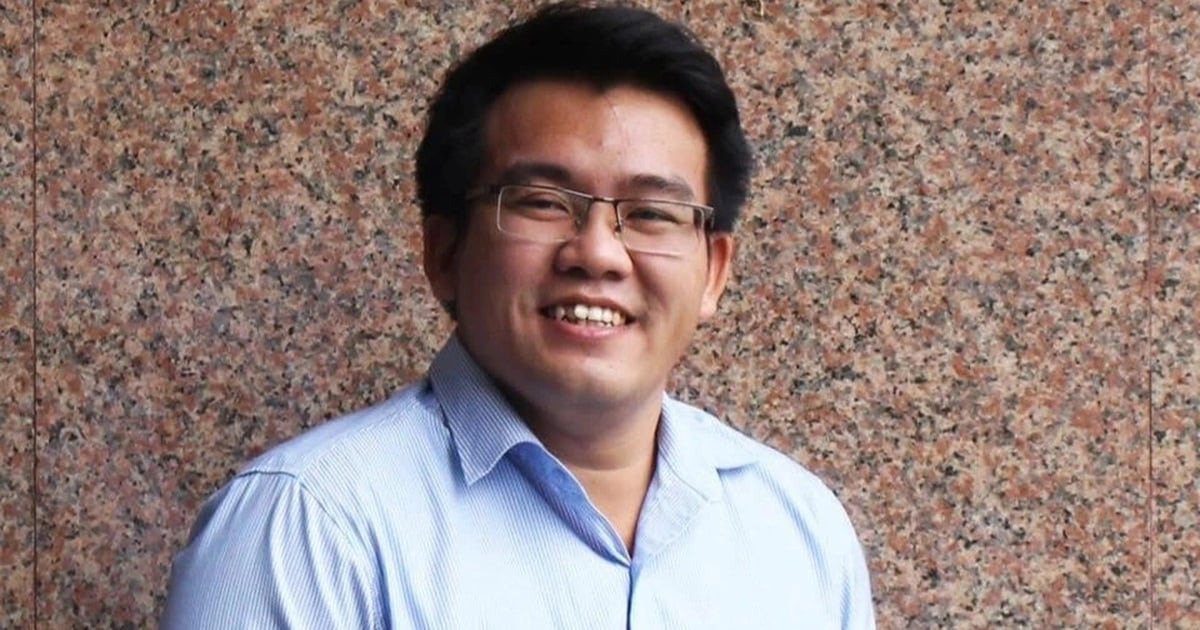













Comment (0)